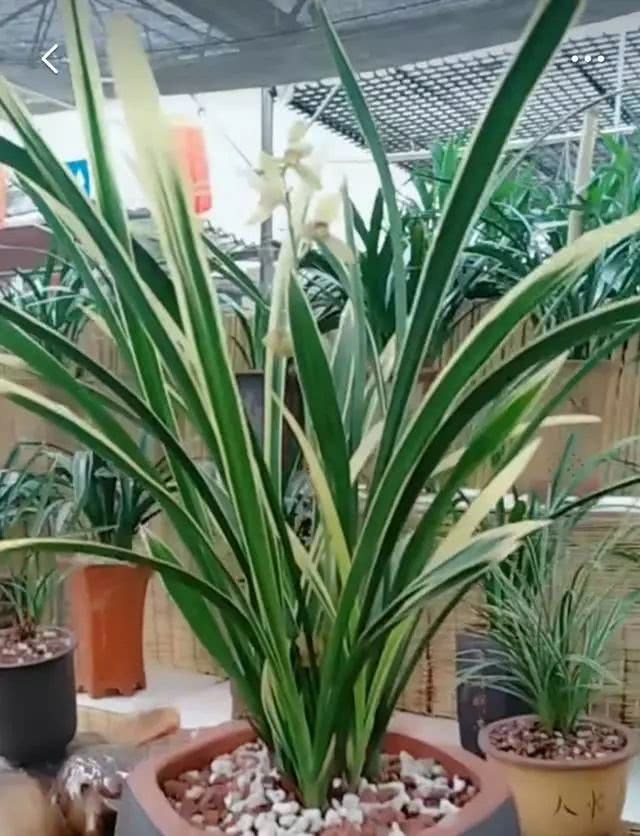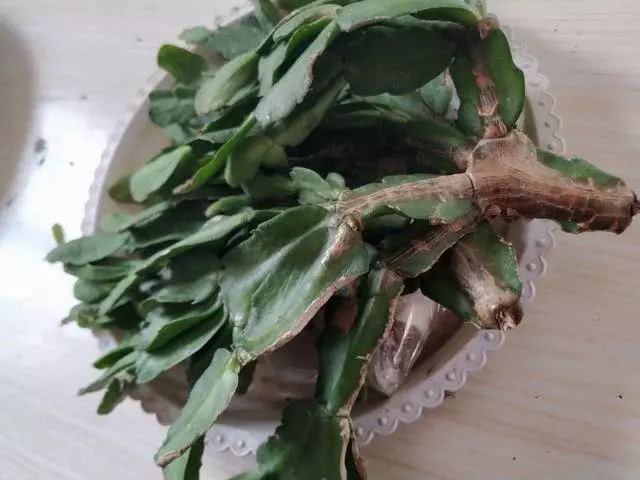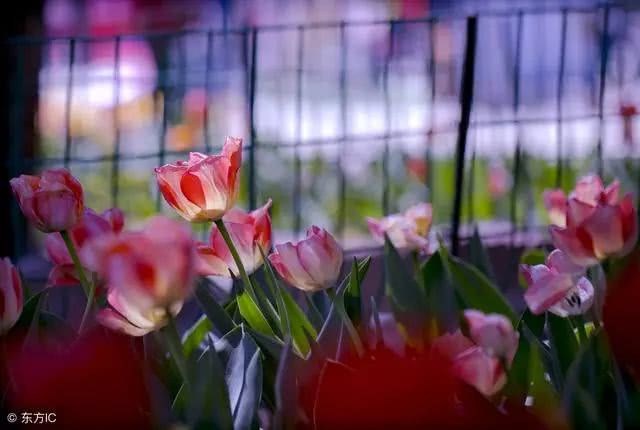Learn these four points during the critical period of orchid growth in summer. Orchids are easily full of pots.

In summer, with the rise of temperature, all kinds of orchids enter the growing period. Orchids like a warm environment, but avoid exposure to the sun. Therefore, the safety of orchids in summer is an important issue in orchid cultivation. Summer is the peak growing season for orchids, which is very critical. Today, I would like to share with you some key points of summer orchid care. I hope I can help you.
1. Proper shading
The temperature is high in summer. Should pay attention to shading, ventilation and other cooling measures. The temperature of orchids should be kept within 28 degrees Celsius as much as possible. Such as window ventilation, so as not to destroy the growth of orchid buds, resulting in premature decay and degradation of orchid buds. On the balcony, we must pay attention to air humidification and be equipped with spray facilities in summer. When the sky is clear and there is no rain, you can spray a small amount of water on the leaf surface. It is appropriate not to drop water, spraying once every 3 days or so. When it's hot and humid, don't spray the leaves to prevent the orchid from rotting.
2. Watering.
Orchids need 8% dry and 2% wet. Watering should be carried out on the principle of "basin soil" dry, wet stop "and" slightly dry ". When it is dry, it should be thoroughly watered, not half of it. Watering in the morning or evening is best. Avoid watering and head watering at noon. Orchid watering with slightly acidic is better, Rain Water is the best. Well water and tap water that do not contain salt and alkali are also available. Avoid orchid plants being heated by the sun, and then irrigate cold water, such a large temperature difference will destroy the root system and affect the normal absorption function. Orchid root rot in summer, leaf black spots, leaf bud rot and other diseases, mostly related to improper watering.
3. Pay attention to fertilization.
Orchid fertilization uses a complete range of nitrogen, phosphorus and potassium fertilizer, the concentration must be small, you can apply very thin organic liquid fertilizer. Generally speaking, a small amount of liquid fertilizer can be used several times when there are new buds. It is best to fertilize it in the evening and then water it the next morning. When the leaves of orchids are yellow and thin. They are just short of fertilizer. Should be topdressing, leaf tip scorched, that is, too much fertilizer, should stop fertilization. Cloudy and rainy days and high temperatures in summer are not suitable for fertilization. In summer, potassium dihydrogen phosphate solution can be sprayed on the leaves every 10 days, with a ratio of 1 to 1000, to promote the growth of leaves. Newly planted orchids, orchids infected with bacteria and weaker orchids are prohibited from using root fertilizer.
4. Pay attention to pruning
In general, the upward part of the false bulb of an orchid of 3 years or more is of little value and should be pruned. In addition, timely removal of leaves of diseases and insect pests can reduce infection to neighboring orchids and avoid transmission. After the flowers withered, the residual flowers and abortive weeds should be cut off in time to promote the growth of new flowers and avoid excessive consumption of nutrients. Generally speaking, 3 strong spring orchid seedlings, 2 new seedlings, should retain 1 flower bud, 2 young Jian orchid, new 4-5 seedlings, can not leave flower buds; Magnolia has strong adaptability and stress resistance, can appropriately leave some buds and buds; cold orchid and other conditions are not as good as Mulan, if there are fewer plants, they should keep fewer new buds and no flower buds
- Prev

Crab claw orchids are thin and soft, snap off the leaves and raise them somewhere else, or you'll die right away.
The summer temperature is relatively high, many of the flowers we maintain are dormant or semi-dormant, such as crab claw orchid. Summer maintenance crab claw orchid must be put in a well-ventilated, scattered light sufficient place for maintenance, never.
- Next

You must not fertilize flowers during these four times, or you will let the flowers die.
Now more and more friends like to grow flowers, in the process of growing flowers. We have also mastered some knowledge and skills of flower cultivation. For example, using Amoy rice water to grow flowers, or using self-made cake fertilizer water to grow flowers. Or use your own kitchen waste.
Related
- Wuhan Hospital Iron Tree Blooming Result Was Instantly Frightened by the Gardener Master
- Which variety of camellia is the most fragrant and best? Which one do you like best?
- What is the small blue coat, the breeding methods and matters needing attention of the succulent plant
- Dormancy time and maintenance management of succulent plants during dormancy
- Minas succulent how to raise, Minas succulent plant pictures
- What are the varieties of winter succulent plants
- How to raise succulent plants in twelve rolls? let's take a look at some experience of breeding twelve rolls.
- Attention should be paid to water control for succulent plants during dormant period (winter and summer)
- Watering experience of twelve rolls of succulent plants
- Techniques for fertilizing succulent plants. An article will let you know how to fertilize succulent plants.

